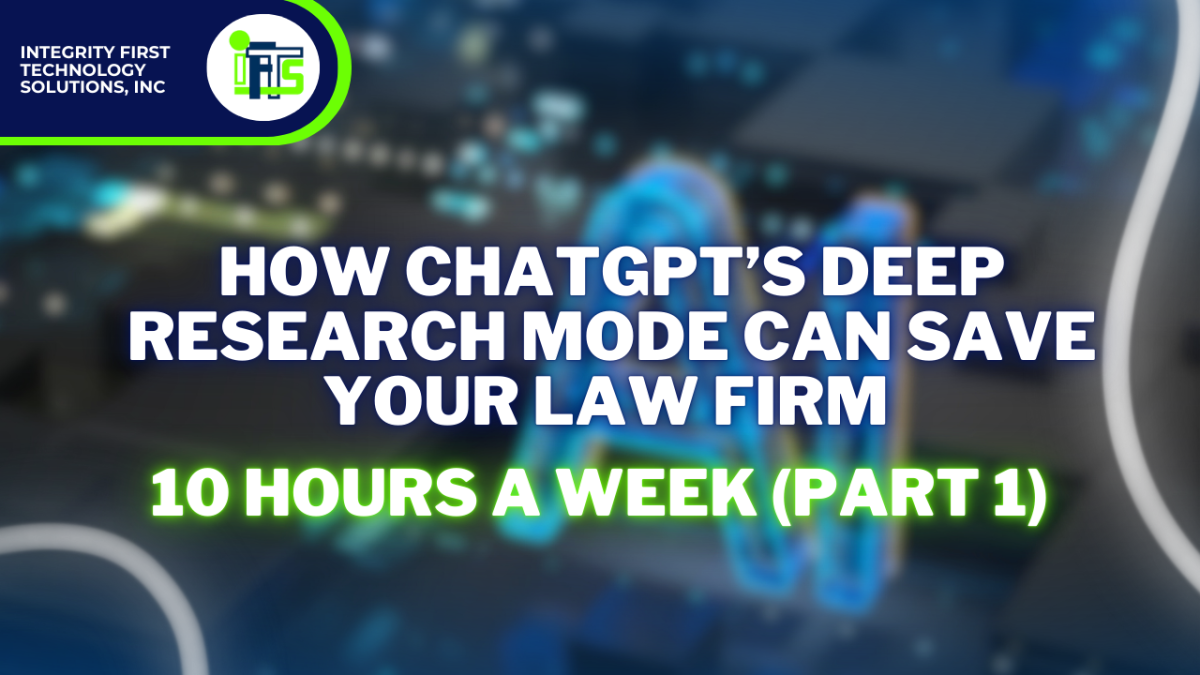
Most law firms are still using ChatGPT like it’s 2023—copy-pasting prompts, writing basic blog posts, or maybe drafting a quick email.
That’s fine… but it’s just scratching the surface.
What if you could save 10 hours a week and uncover the exact messaging that turns website visitors into paying clients?
That’s the power of ChatGPT’s Deep Research Mode—and in this post, I’ll show you how to use it to truly understand your clients and create content that actually connects.
Want a shortcut?
Grab our Free AI-Powered Marketing Playbook Template—designed specifically for law firms. Download it here!
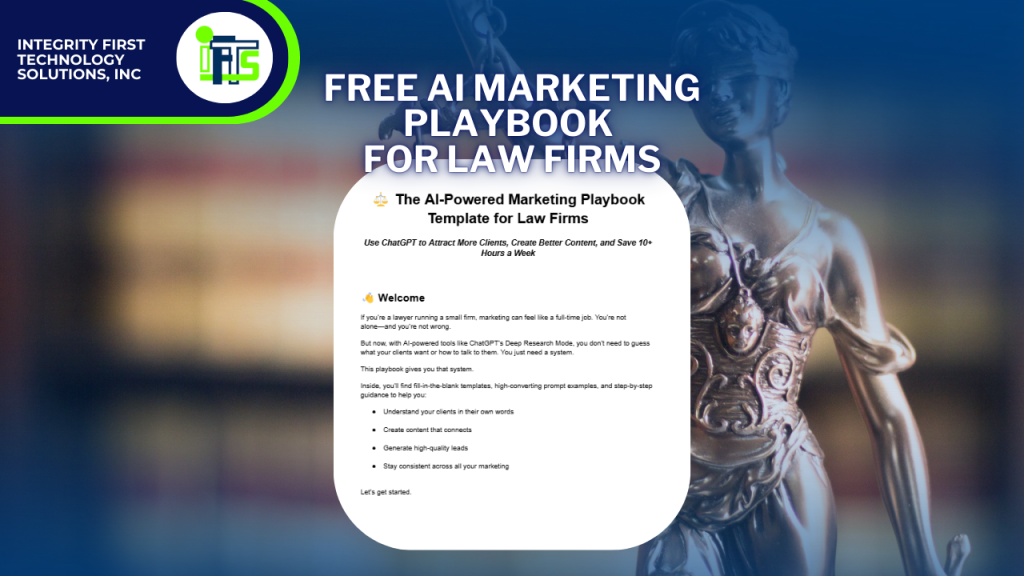
According to research, 71% of companies that exceed revenue and lead goals have documented client personas.
But here’s the hard truth: most law firms skip this step—or they create generic avatars that don’t reflect reality.
ChatGPT’s Deep Research Mode Instead of guessing, ask ChatGPT to analyze:
You’ll uncover real conversations your potential clients are already having—right now.
And instead of just demographics, you’ll get psychographics:
The actual language people use when talking about their legal struggles, fears, and goals.

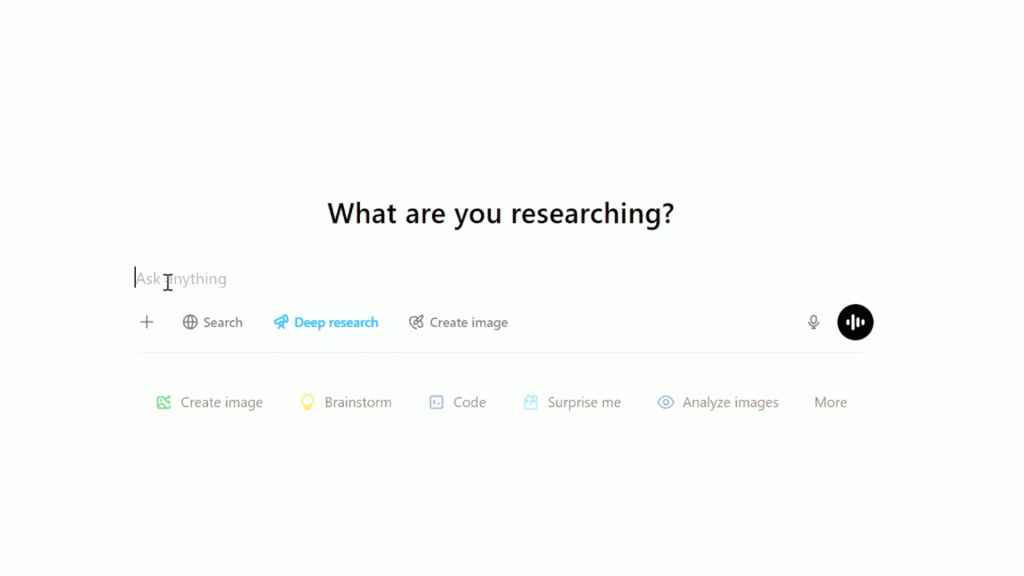
“Research the target market for a family law firm in Pennsylvania. Check forums, review sites, and social media to find the exact words people use when talking about divorce, custody, and their desired outcomes.”
ChatGPT might uncover real client sentiments like:
“I’m scared of losing time with my kids.”
“I just want someone who will fight for me without dragging things out.”
That’s marketing gold.
And yes—our Playbook Template includes this built-in so you can fill it out and build your ideal client avatar as you go.
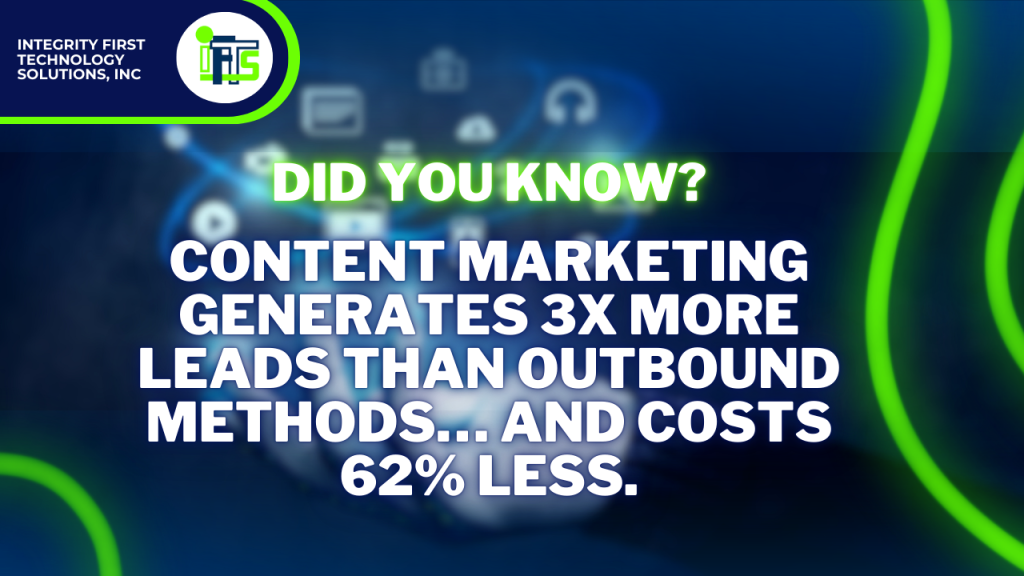
You create content that speaks directly to them.
Why It Matters:
With Deep Research Mode, you don’t need to guess.

“I’m a personal injury lawyer. Give me YouTube video topics that have high search volume, low competition, and align with my services.”
You’ll get actionable, high-performing topics like:
Take It Further:
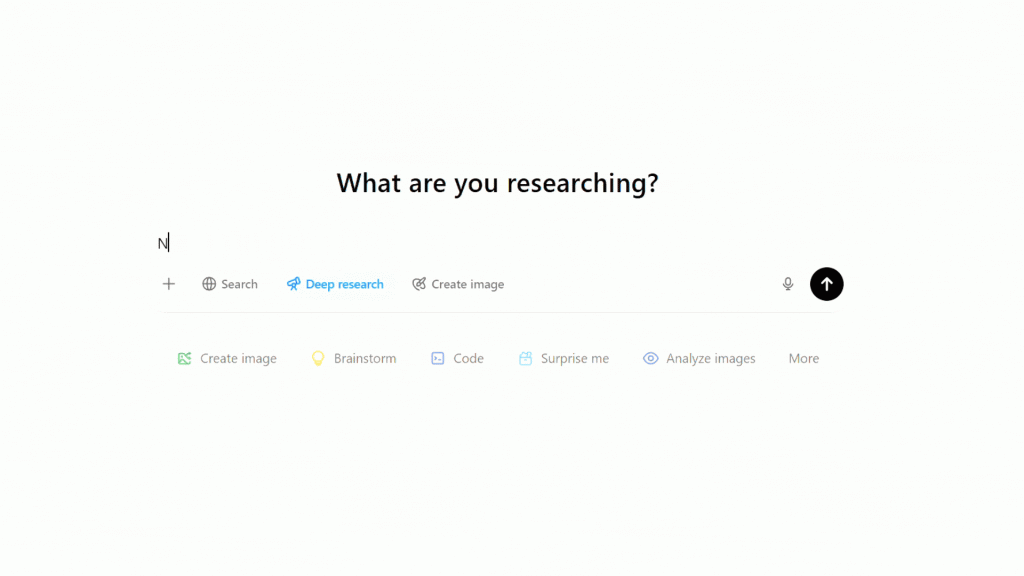
“Now research what my ideal client is thinking or worried about when they search for this.”
This allows you to create strategic content—speaking directly to what your audience is thinking before they even contact you.
Layer in your personal stories, opinions, and insights—and you’ll build trust, credibility, and leads.
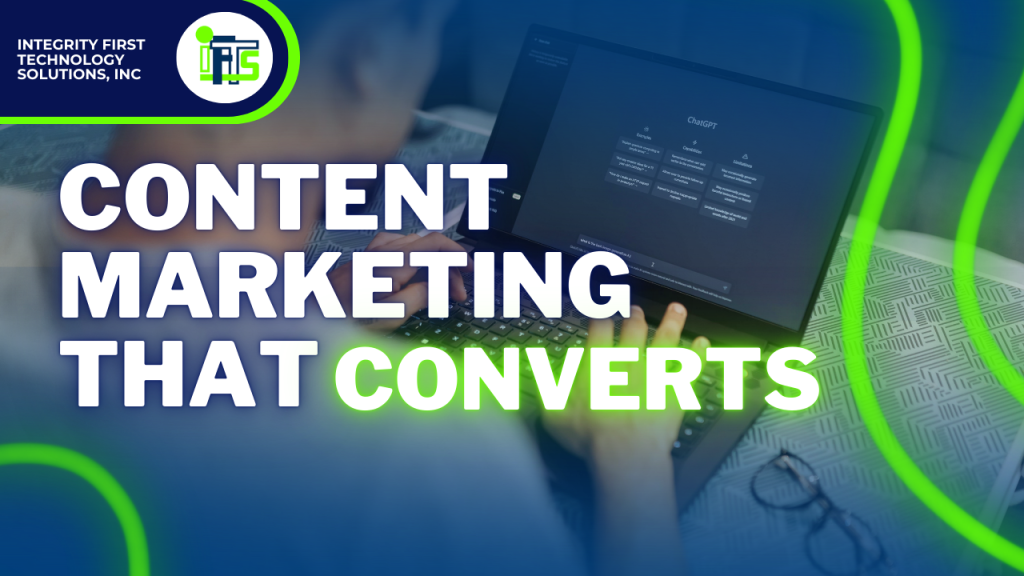
This resource includes:
All tailored specifically for law firms. Download the Playbook Now!

In Part 2, we’ll show you how to turn your research into:
…all designed to turn casual website visitors into paying clients.
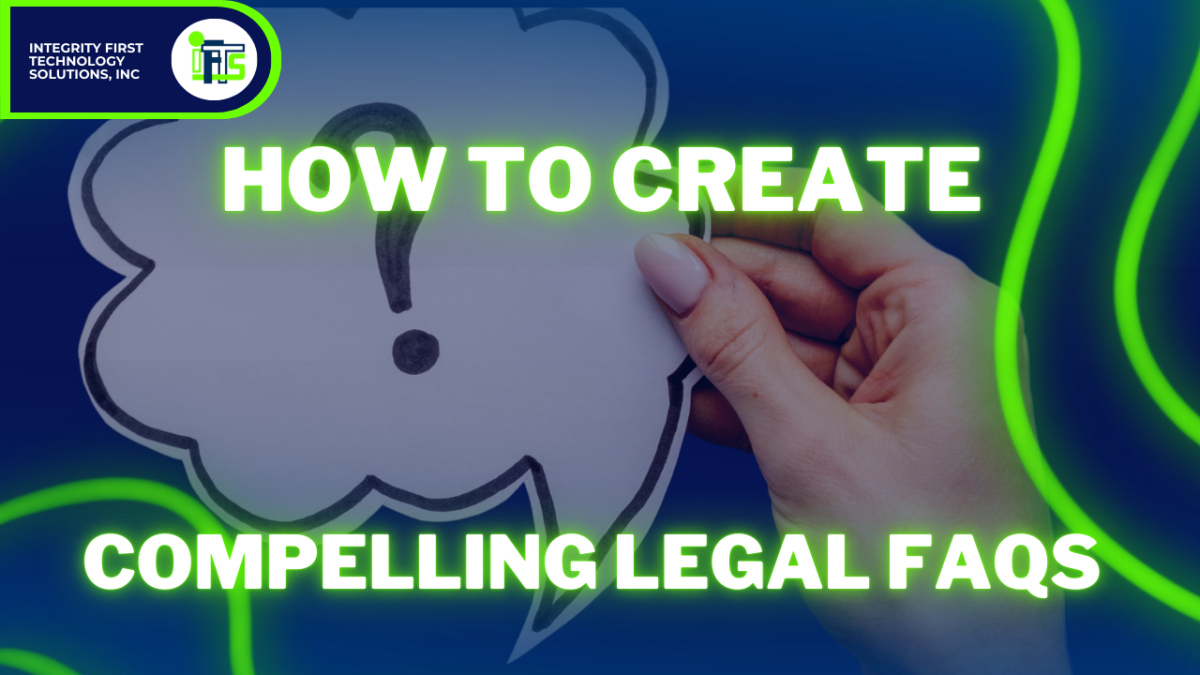
Are you answering the same legal questions over and over again? What if those repetitive questions could become one of your most powerful client attraction tools?
Well today you’ll learn exactly how to identify, structure, and leverage legal FAQs that your ideal clients are actually searching for—not just what your competitors think they’re searching for.
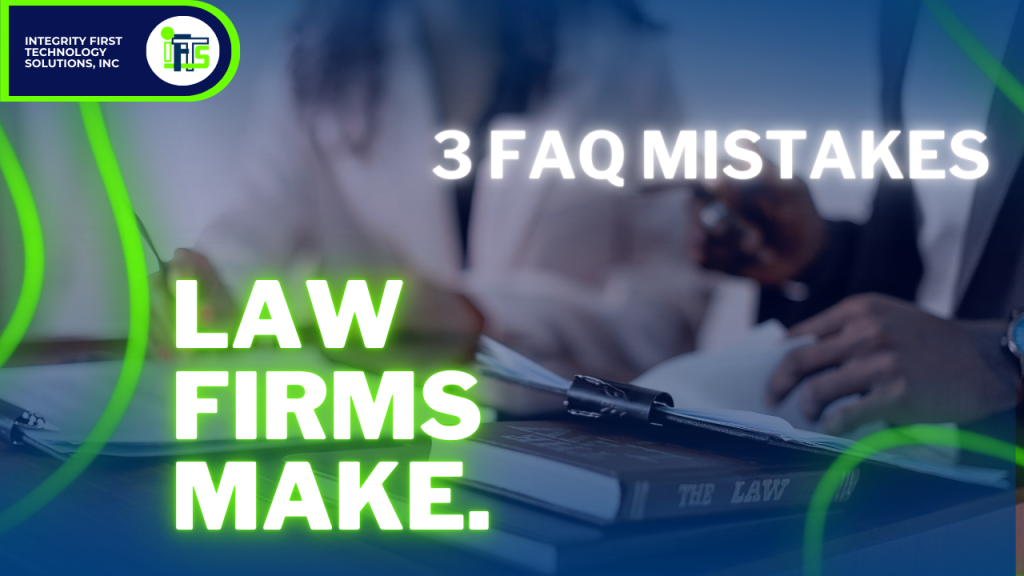
Most law firms unintentionally sabotage their FAQ efforts by making three major mistakes:
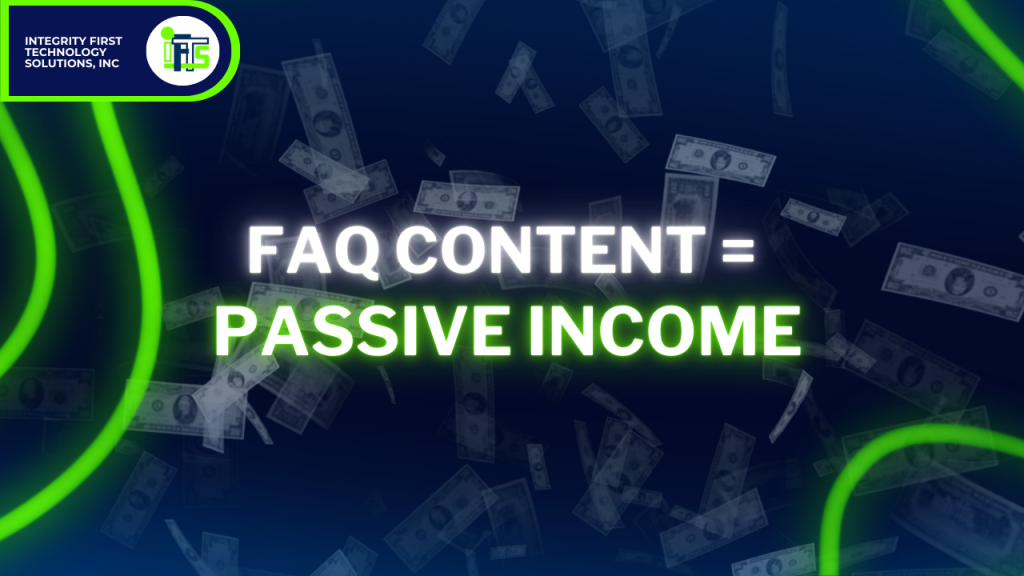
In my experience working with law firms, well-crafted FAQ content consistently outperforms other forms of marketing.
Attorneys who build strategic FAQ systems report:
Why? Because you’re directly addressing the specific, real-world concerns people have when deciding whether to hire an attorney.

To create FAQs that truly attract high-value clients, use what I call the FAQ Formula:
Empathy → Education → Example → Call to Action
Let’s break it down:
Not all questions are created equal. Focus on high-intent questions—the ones people search when they’re close to hiring an attorney.
Instead of answering, “What is personal injury law?”, answer:
These types of questions show the person is already in decision-making mode, not just casually browsing.

Each answer should follow this flow:
For example:
Weak answer:
“Divorces typically take 6-12 months depending on complexity.”
High-converting answer:
“We understand the uncertainty around divorce timelines can be stressful—you’re trying to plan your future while everything feels on hold. In Pennsylvania, uncontested divorces usually take 3-6 months, while contested divorces can stretch to 12-18 months.
Recently, we helped a client complete their moderately complex divorce in just 4 months through strategic mediation, saving thousands in litigation costs. If you’d like a more specific timeline for your situation, our Divorce Timeline Assessment can help clarify your next steps.”
See how much more approachable—and persuasive—the second answer feels?
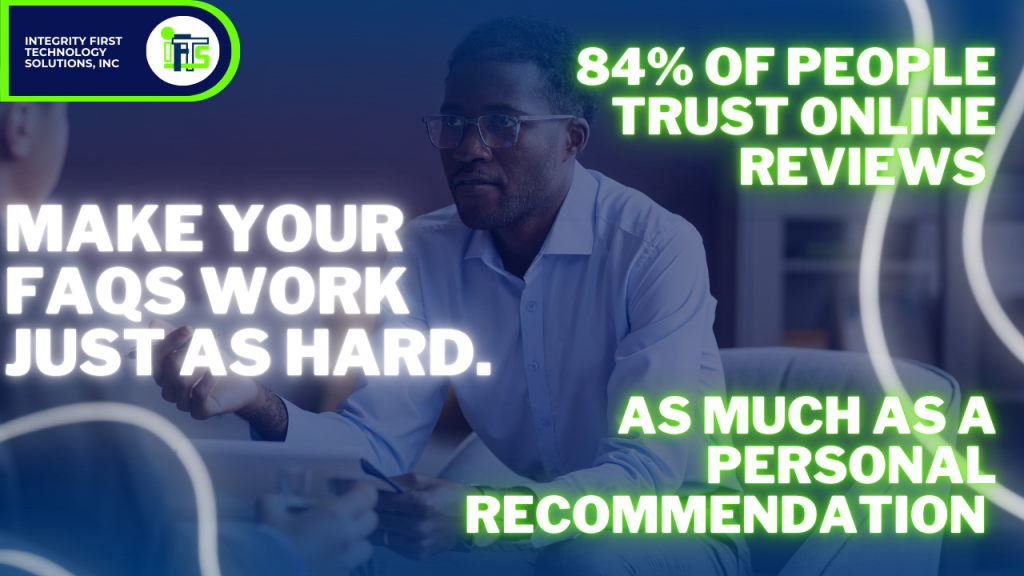
Once you create your FAQ content, don’t stop at posting it on your website.
Maximize its reach by sharing it:
One great FAQ can become five or more pieces of powerful marketing content.

You might be thinking, “I don’t have time to create all this content.” That’s exactly why most lawyers aren’t doing it effectively—which leaves a wide-open opportunity for you to stand out.
If you’d like a shortcut, grab our free guide:
60 High-Converting FAQ Templates for Lawyers — including templates across multiple practice areas and the exact formulas for structuring answers that attract high-value clients


We’re a few months into 2025 and it may feel like all your New Year’s goals have been forgotten or put on the back burner… BUT It’s never too late though to try something new and start building fresh client engagement!
Of course, every year it seems there’s a new social media trend or hack to be trying.
It’s overwhelming, but …Lawyers, don’t let this stop you!
I’ve gathered 10 of the most effective, cutting-edge marketing strategies for your firm in 2025!
And the best part? You don’t need a tech expert or a massive budget to make them work.
For law firms, trust is everything.
Potential clients want proof that you can handle their legal issues effectively. Sometimes it’s hard to feel out a company when all they have are questionable reviews from 10 years ago lining their website. New clients want to see faces and REAL profiles to feel a connection.
The best way to establish this credibility is through client testimonials and fresh online reviews.
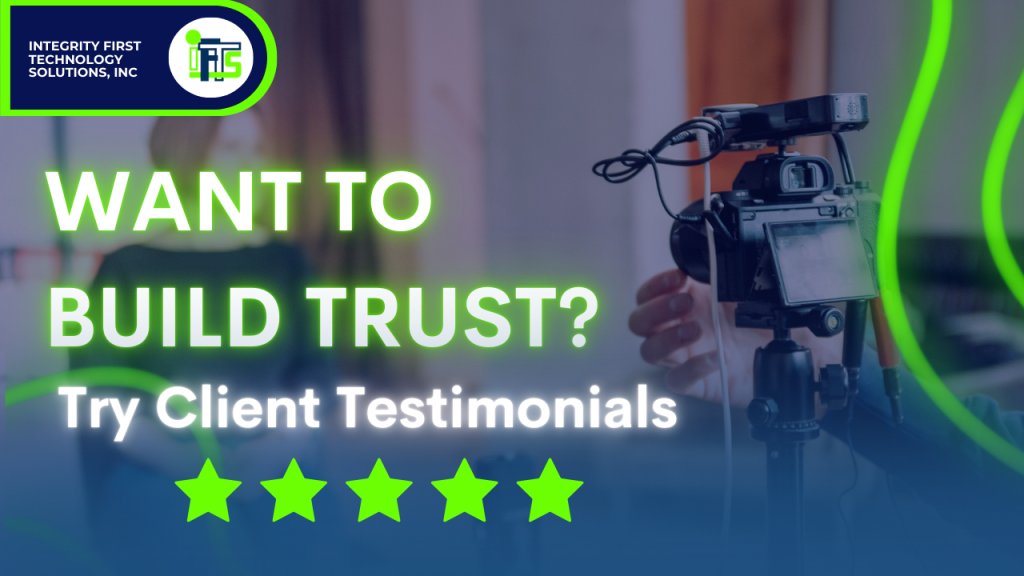
Client testimonials are KEY to showing authenticity and credibility. A GREAT way of sharing these is by making videos to post on your social media or embedding them in your website.
Okay… Client testimonials VIDEOS?
These may seem difficult to tackle and many customers are not keen on showing their faces on camera. How else can you go about making these videos?
It’s SO simple. Using Canva, I was able to create 3 different types of FACELESS testimonial videos for you to try! No need for professional footage or flawless backdrops. Clients can send in voice recording or iPhone video–You do the rest!
Want to learn exactly how to make these faceless testimonial videos in under 10 minutes? Click HERE and have the directions sent right to your inbox!
Have you ever looked at someone else’s online presence and all you saw were old reviews? It doesn’t leave you feeling very good about the company.
That’s why making sure you ask for reviews from trusted customers is so important. Clients want to see that you’re still improving and growing in the moment.
Worried about how to ask for those reviews? Watch our YouTube video all about it.
Google reviews help your SEO, and once you hit 100 reviews, your star rating will appear in Google Ads, increasing click-through rates.

If you need help streamlining the process, set up an automated review request system.

One of the first things a client does is a general Google search for law firms in their area. A handful will pop up but which one do they click on and TRUST first?
The firm that shoots up to the top of the search page with a Google Maps result.
Appearing in Google Maps results is essential for local law firms. Factors influencing your ranking include:
To optimize your Google Business Profile, ensure that:
For a ranking boost, build local backlinks, such as:
Doing these extra steps to ensure you pop up FIRST will set you ahead of the competition.
A little-known SEO trick: Google allows you to ask and answer your own questions on your Google Business Profile. Yep. That’s right–Don’t wait for questions to come to boost your searchability but instead get on top of it right now.
List the top 10 questions your firm gets and answer them in 3-5 sentences, using your target keywords and location (e.g., “How much does a divorce lawyer in Chicago cost?”). This creates a keyword-rich FAQ section directly on Google, improving your visibility.
It’s easy, fast, and can be done today.

Ok so the truth is… Most people aren’t searching for a lawyer until they urgently need one. How can you stay top-of-mind? By creating short, informative video ads answering common legal questions—while ensuring compliance with legal advertising ethics.
Examples:
Another option would be to build your relatability. Some companies focus too much on posting content solely based on the product they are hoping to sell. The thing is: Your clients are not constantly seeking what you’re selling… Instead you need to become a friendly face.
Creating funny, entertaining, and relevant content means your current and future clients can watch your EVERYDAY (plus they’ll remember you when it matters most).
Examples:
People love to laugh and they love to see a more relatable side to a profession that is mostly serious. Trying out new content trends and videos could be a great way to freshen up your content and make a name for yourself on social media.
Post these videos on:
When the need for a lawyer arises, your firm will be the trusted expert they remember.
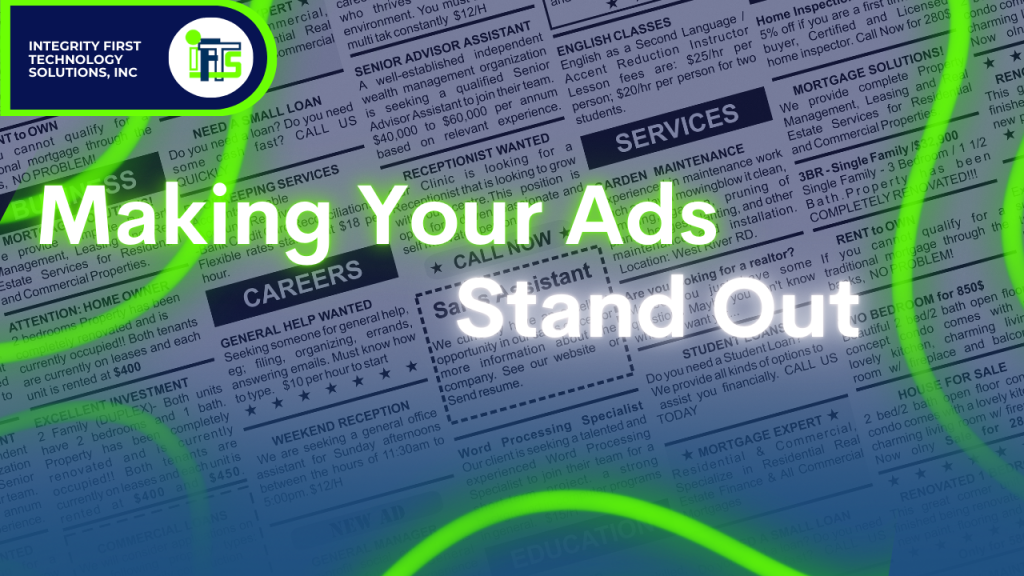
The legal industry is competitive, so your ads need to grab attention immediately. With attention spans growing shorter everyday–the average person doom scrolling online needs something out of the box to capture it.
Here’s how:
Here’s a Quick bonus for everyone reading this far!-If you don’t have time for social media and want it done right, we offer a $99 deal that covers a month’s worth of social media. Click HERE for more!
The majority of legal prospects won’t convert on their first visit to your site. Use retargeting ads to stay in front of them until they’re ready.
Two ways to retarget on Meta (Facebook & Instagram):
Example Strategy:
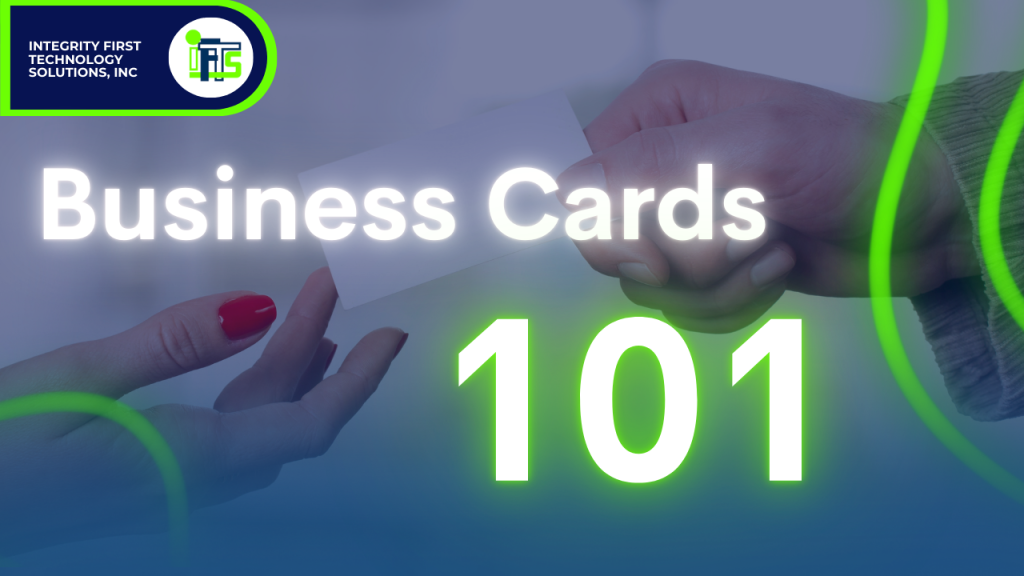
Forget cheap paper business cards. Use high-quality plastic cards (like credit cards) with your photo on them.
Why?
Consider having two versions:
Never let potential clients hear a generic voicemail message. Instead, include this phrase at the end:
“I will call you back within 15 minutes.”
Even if you can’t always respond that fast, this urgency dramatically increases the chances that they leave a message instead of calling a competitor.

People hire lawyers that make them feel good! Use these psychological marketing tricks to build confidence quickly:
I obviously can’t touch on trending marketing hacks for 2025 without talking about AI! AI is booming in today’s marketing world — and whether you love it or are still a bit skeptical, one thing is certain: if your law firm’s website isn’t using AI, you’re missing out.
Your website should be working for you 24/7, answering questions, engaging visitors, and helping convert them into clients. By adding an AI-powered chatbot, you can:
Seriously — what are you doing without it?!

LawDroid
LawDroid is designed specifically for law firms. It can handle legal-specific FAQs, client intake, and scheduling.
ChatBot.com
This platform works for any industry and is extremely user-friendly for beginners.
✨ Pro Tip: Add a welcome prompt like: “Hi there! Have a legal question? I can help or connect you with an attorney!” to instantly encourage interaction.
Now look, I know email marketing is a thing of the past and you may feel you’ve already mastered it — But don’t underestimate its power — even in 2025, it remains one of the most effective ways to nurture relationships and turn cold leads into paying clients.
Try these two steps to ensure your email marketing is still effective in 2025:
Start by creating a lead magnet — a valuable, free resource that solves a specific problem for your potential clients. Examples include:
Once you’ve created this lead magnet, offer it on your website in exchange for an email address. Use a clean, simple sign-up form (tools like Mailchimp, HubSpot, or ConvertKit make this easy).
Set up an automated email sequence to follow up with that lead over the next few weeks or months. The key is to stay top-of-mind without being spammy. Your email sequence can look something like this:
The best part? Once it’s set up, this system works for you 24/7 — continually nurturing leads while you focus on your clients.
Pro Tip:
Make sure your emails feel personal and human — use their first name, keep the tone conversational, and include a real photo of you or your team in the signature.

To stay at the top of your game, you’ll need to admit you might not always be up to speed on the latest social trends or design aesthetics — and that’s okay! AI can help you stay current, consistent, and ahead of the curve.
Use AI tools like ChatGPT or Jasper to:
Quick heads-up! — AI is a fantastic tool for sparking ideas and jumpstarting content creation, but don’t lean on it so much that you lose authenticity. Visitors can spot an overload of AI-generated visuals or text from a mile away. Use AI in moderation, and always pair it with your unique voice and human touch. Stay intentional and thoughtful as you gather ideas and imagery!
Don’t let your looming new years goals go to waste… Marketing success isn’t about knowing—it’s about doing. Choose one strategy from this list and implement it within the next 24 hours. One step at a time, one more strategy everyday, and you can still reach your marketing goals for the year.
Need help? We specialize in law firm marketing, from SEO to PPC to social media strategy to content creation. Contact us today for a free consultation!
Engage with prospects and save time with your FREE Canva template kit. This kit features the top 3 social media posts for law firms and directions on how to brand them for your own firm in 5 minutes or less.

Enter your email below and get the templates sent directly to your inbox along with an instructional video on how to make personalized edits.
